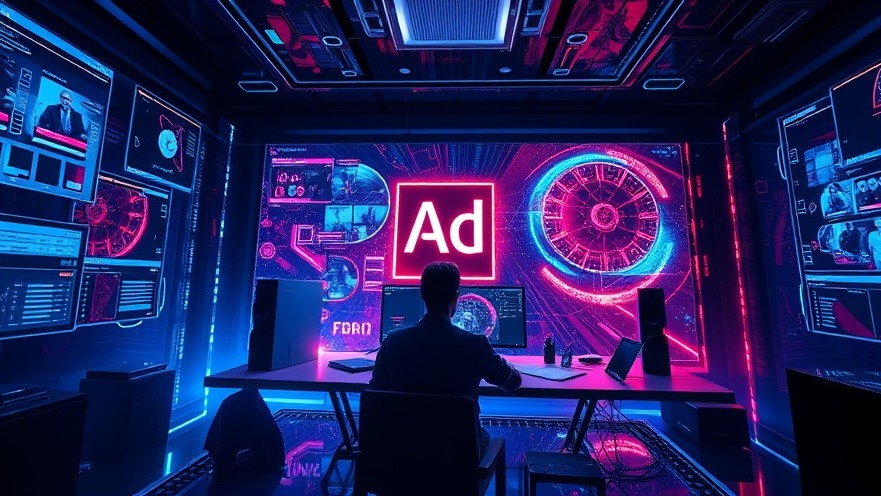
Adobe’s Bold New Strategy: Locking Down Creativity
Adobe's recent announcement to introduce a subscription fee for the Undo button has sent shockwaves through the creative community. For decades, the Undo feature was a savior for designers, allowing them to erase mistakes and experiment freely. Now, Adobe has declared this invaluable tool a premium service, leaving many to question the company's commitment to innovation and affordability.
The Innovation Under Fire
In an effort to monetize a feature users have often taken for granted, Adobe has justified its decision by claiming that users are “overutilizing” the Undo button without adequately compensating the company. As an Adobe spokesperson stated, “We’ve been offering unlimited undos for free since Photoshop 1.0. That kind of generosity is simply unsustainable in 2025.” However, this rationale hasn’t quelled the turmoil among designers who feel that they are now being penalized for making mistakes—a fundamental part of the creative process.
How This Affects Franchises and Creative Businesses
For franchisors and business owners leveraging Adobe products to maintain brand consistency, this change raises significant concerns. Implementing creativity with budget-friendly tools is crucial in optimizing operational efficiency. As designers protest and threaten to abandon Adobe, businesses may need to reconsider their software strategies and explore alternatives that support both creativity and cost-effectiveness.
Alternatives to Adobe’s New Model
In response to Adobe's pricing strategy, competitors like Affinity and Figma have already begun to capitalize on the backlash, emphasizing their commitment to creativity with unlimited Undo functionality. For franchisors, this could be an opportunity to evaluate new software partnerships that not only align with their financial models but also empower franchisees. As Adobe’s monopoly appears to falter, exploring diversified solutions might enable brands to optimize their creative processes without falling prey to unexpected fees.
Protests and Industry Fallout
The reaction from the creative community has been nothing short of explosive. Designers have taken to the streets, flaunting signs reading “Ctrl+Z Is a Human Right,” to voice their discontent. The poignant protests serve as a reminder of how critical the Undo button has become in design—it’s not just a function; it’s a right that supports creativity. The swift organization of these protests highlights a strong collective spirit among creatives, equally shared by those within franchise models where creative output is essential for brand growth.
Future Implications for Design Software
With the introduction of tiers like Undo Pro™ and Undo Enterprise™, Adobe’s decision sets a troubling precedent that may impact future software development across the industry. Companies might follow suit, deciding to monetize features traditionally offered freely, leading to a more fragmented market. As these trends develop, franchisors need to stay agile, evaluating the viability of their current software tools to ensure they do not hinder brand performance or creative expression.
As Adobe makes a bold move into monetization, the implications stretch beyond individual users. For franchisors invested in brand consistency and creative excellence, now may be the time to assess whether their software strategy aligns with their operational goals and franchisee support.
Are you ready to optimize your franchise’s creative strategy? Explore alternative design software today to empower your team while maintaining budget integrity!
 Add Row
Add Row  Add
Add 




Write A Comment